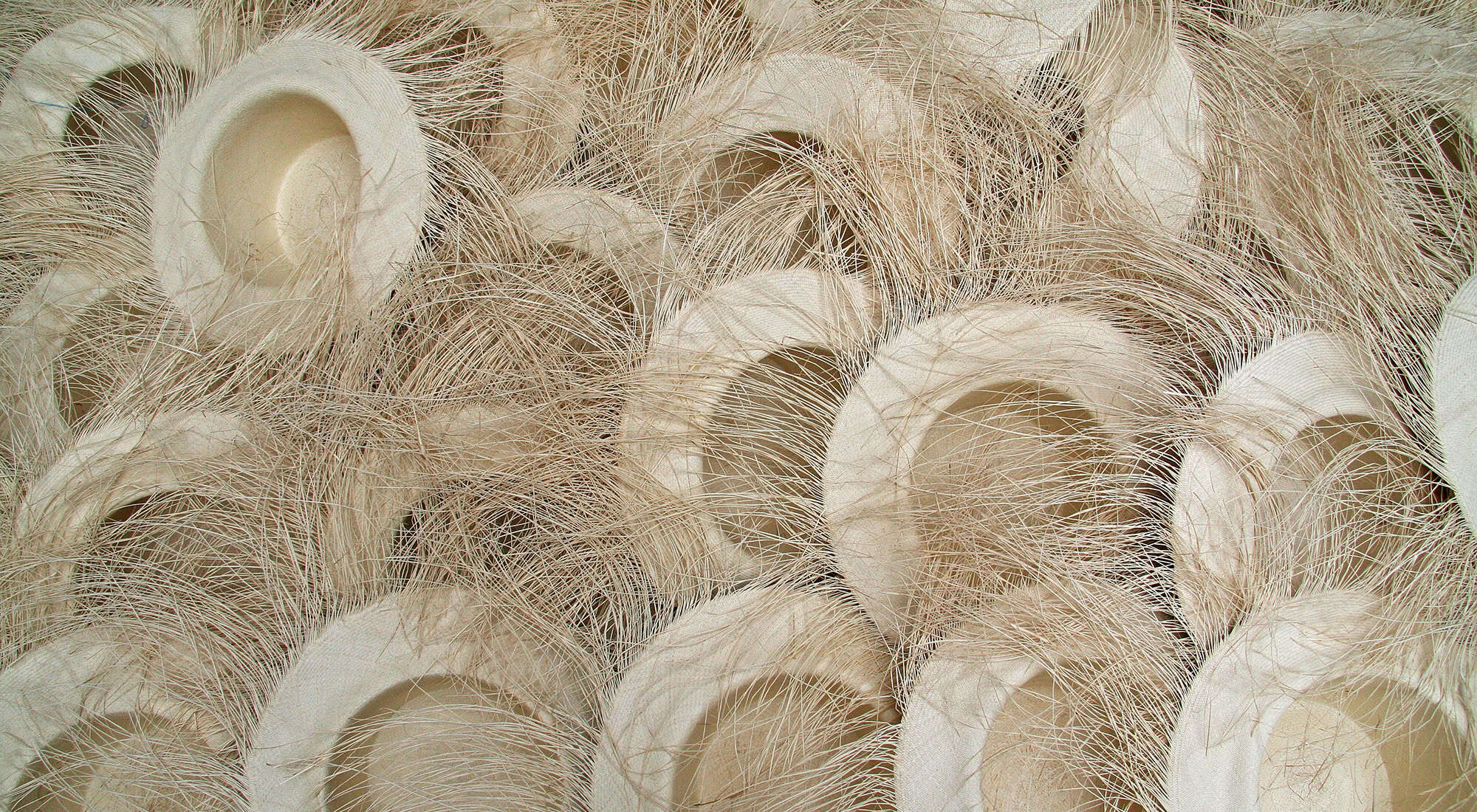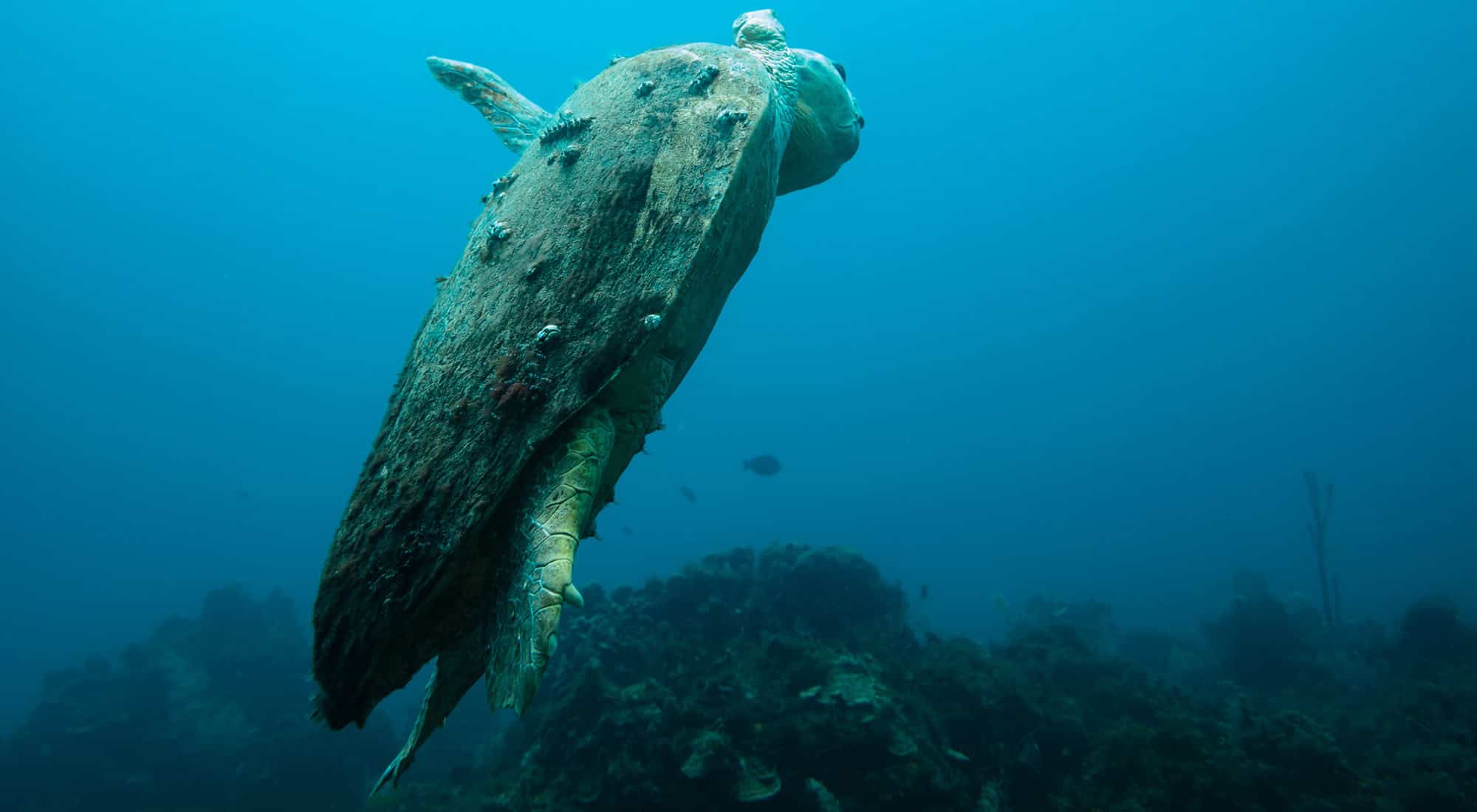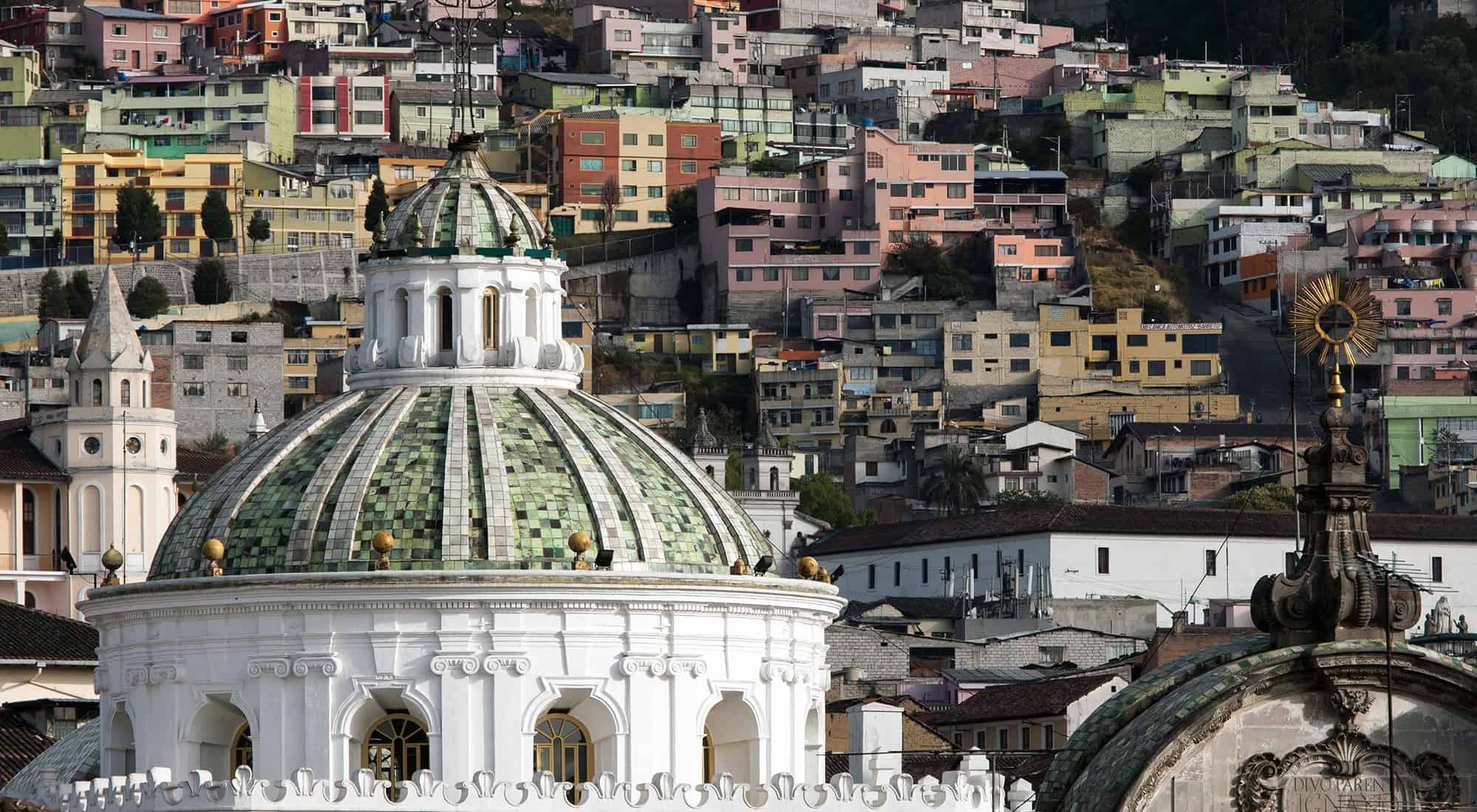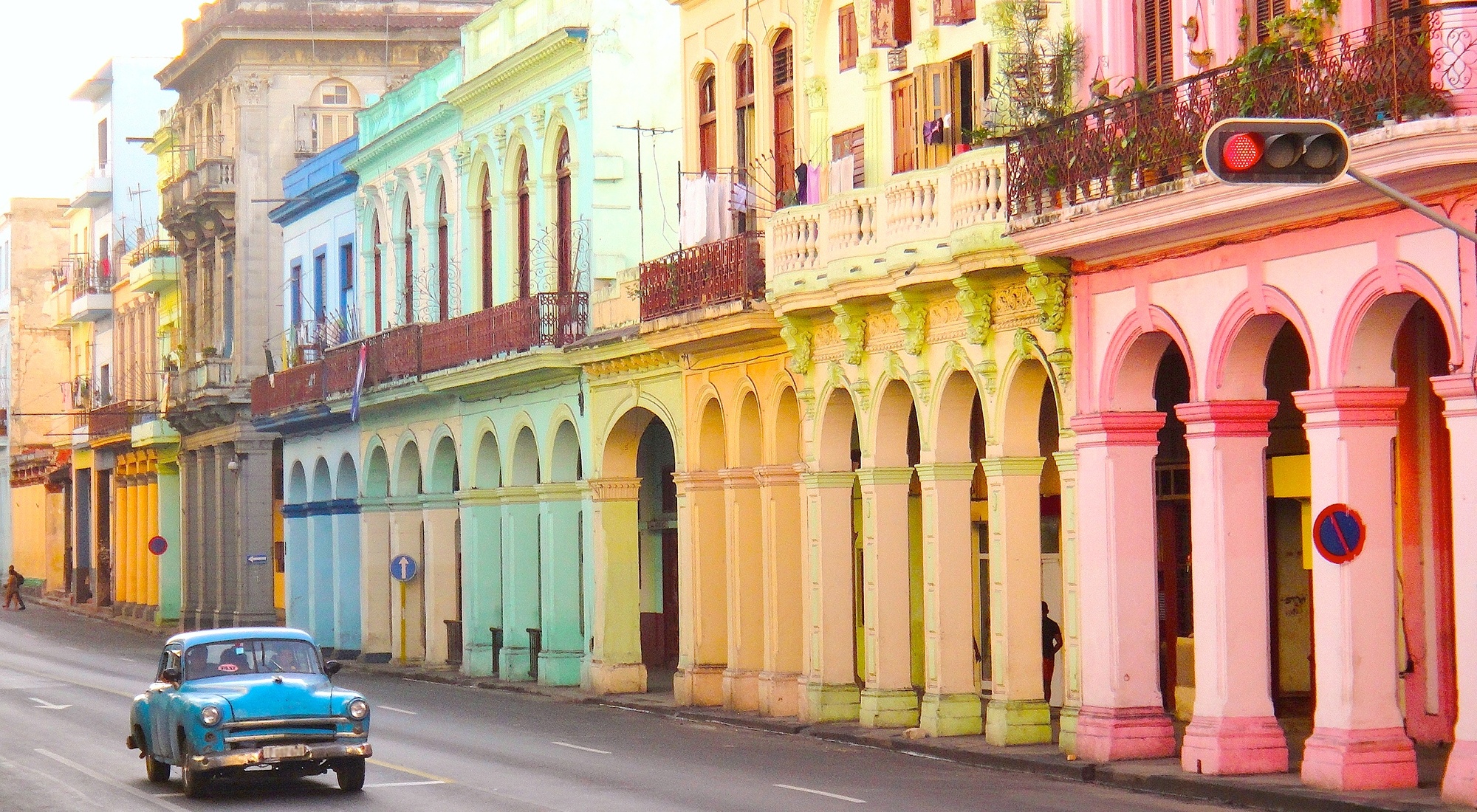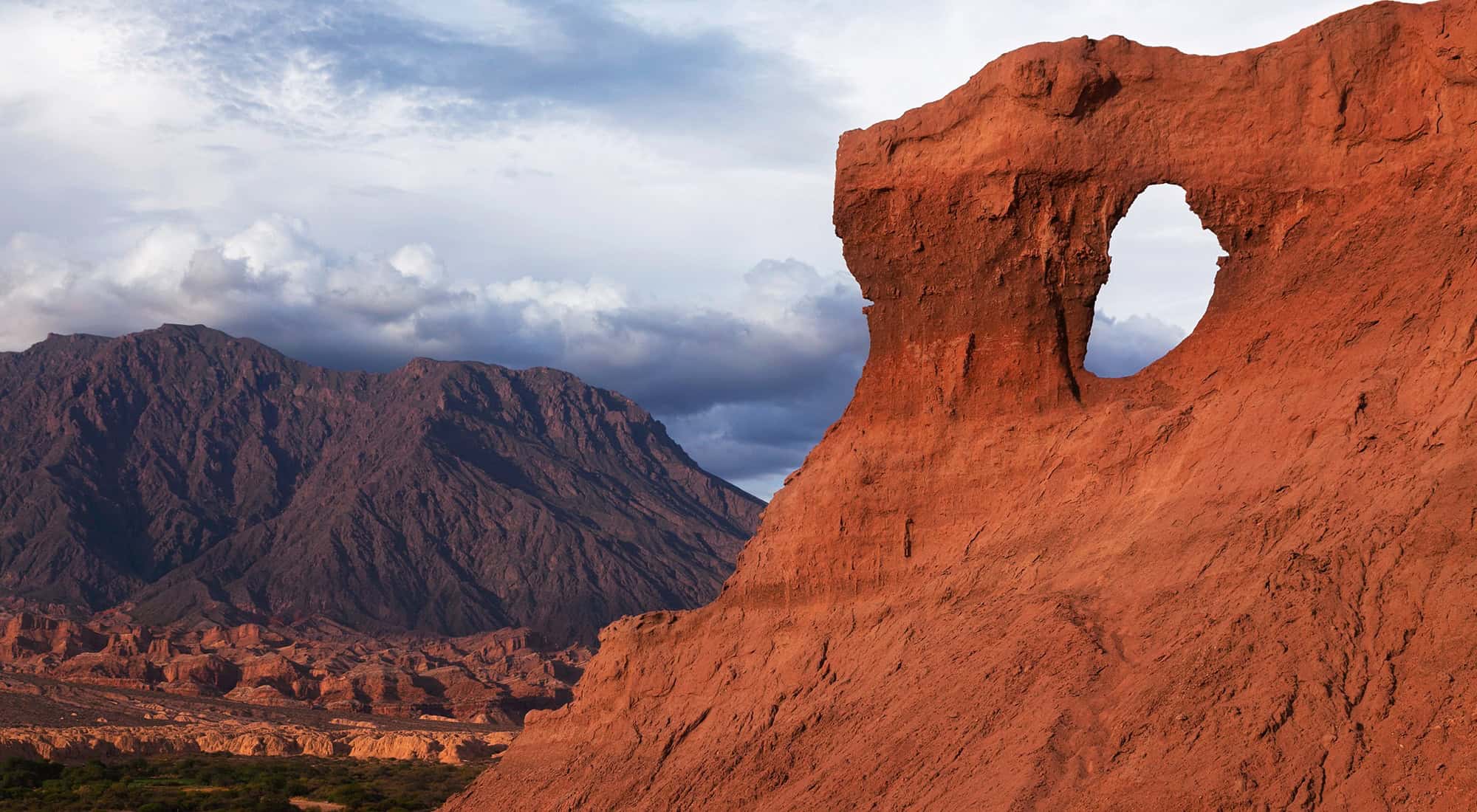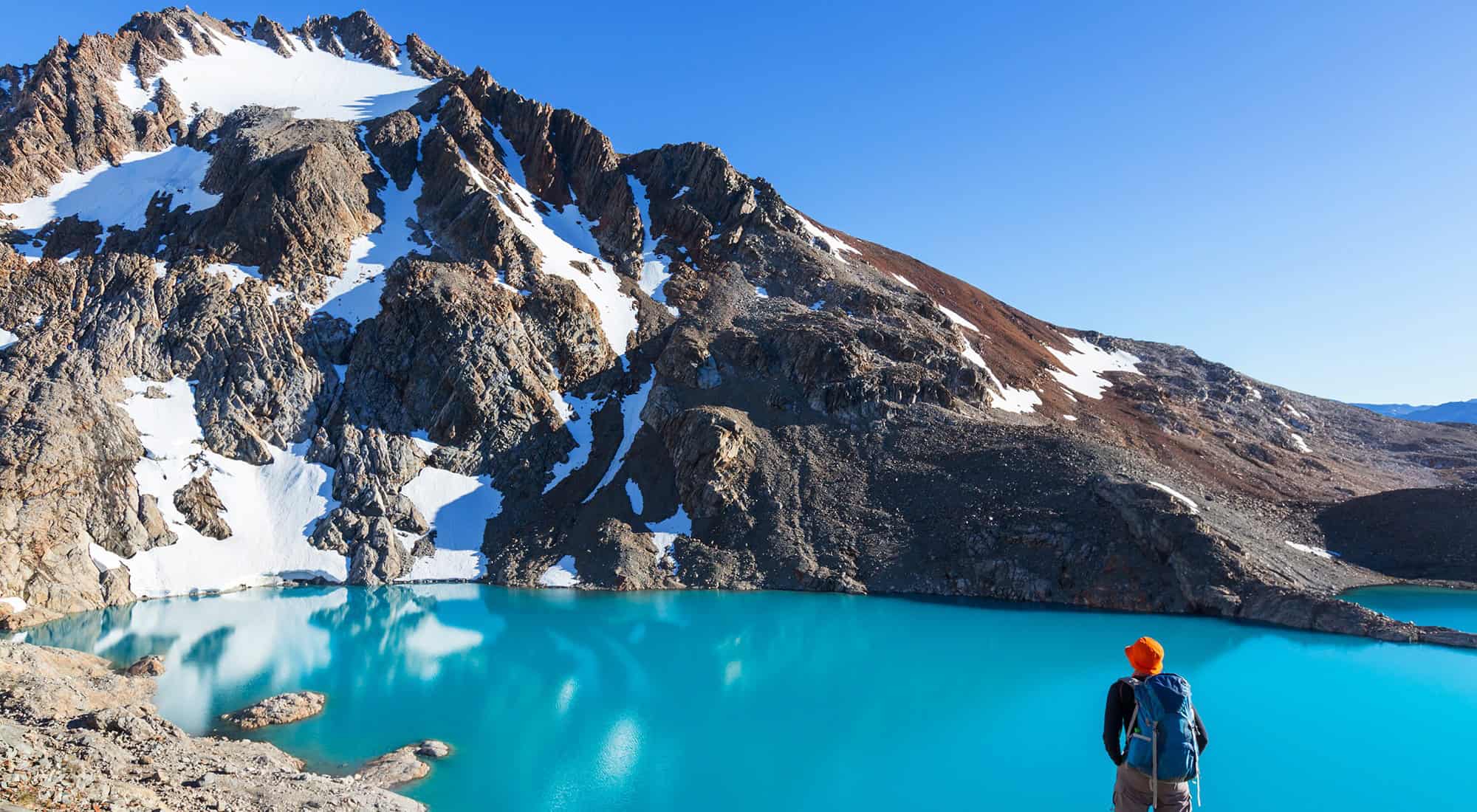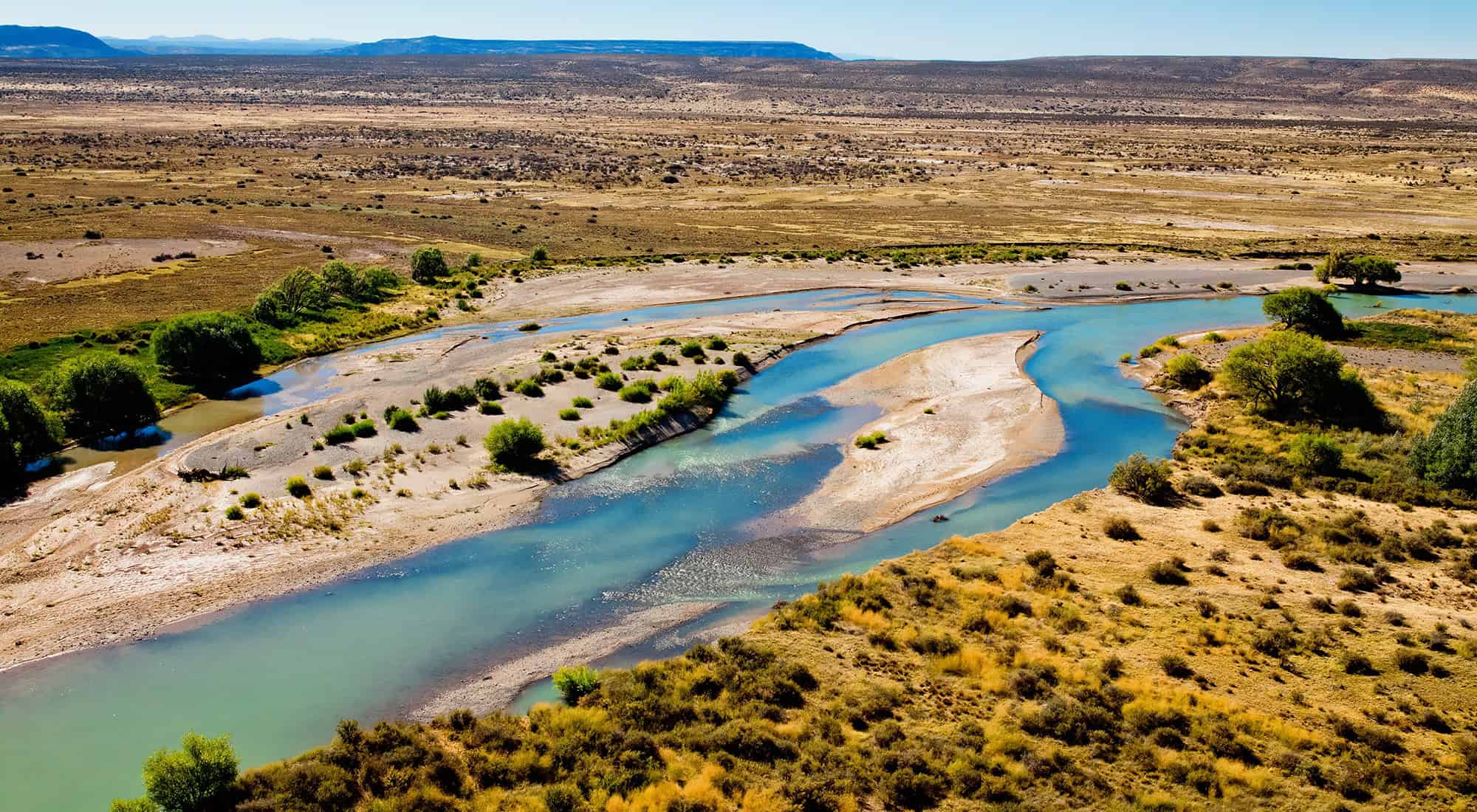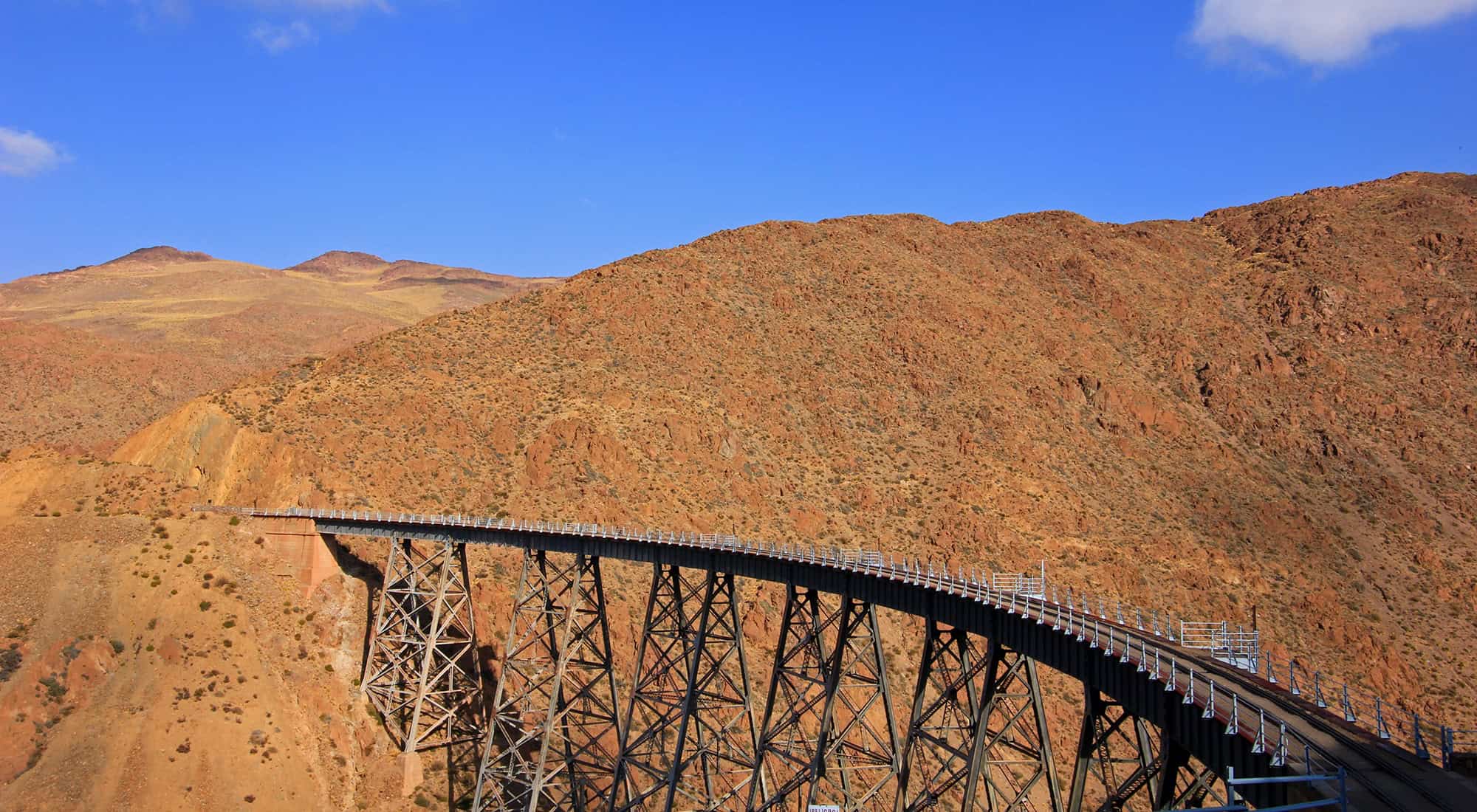Most people don’t even know that the Panama hat, Ecuador’s most famous export, comes from Ecuador. The confusion over the origin of this natty piece of headwear dates back over 100 years.

Until the 20th century, the Isthmus of Panama was the quickest and safest seafaring route to Europe and North America and the major trading post for South American goods, including the straw hats from Ecuador. In the mid-19th century, at the height of the California gold rush, would-be prospectors heading west to seek their fortune picked up the straw hats. Half a century later, when work on the Panama Canal was in full swing, labourers found the hats provided ideal protection against the fierce tropical sun and, like the gold-diggers before them, named them after the place they were sold rather than where they originated. The name stuck and, to Ecuador’s eternal chagrin, the name of the Panama hat was born.
The plant from which these stylish titfers is made – Carludovica palmata – grows best in the low hills of the province of Manabí. The hats are woven from the very fine fronds of the plant, which are boiled, then dried in the sun before being taken to the various weaving centres – Montecristi and Jipijapa in Manabí and Azogues, Biblián and Sigsig in Azuay. Montecristi, though, enjoys the reputation of producing the best superfinos. These are Panama hats of the highest quality, requiring many months’ work. They are tightly woven, using the thinnest, lightest straw. When turned upside down they should hold water as surely as a glass, and when rolled up, should be able to pass through a wedding ring like silk.
From the weaver, the hat passes to a middleman, who then sells it to the factory. The loose ends are trimmed, the hat is bleached and the brim ironed into shape and then softened with a mallet. The hat is then rolled into a cone and wrapped in paper in a balsawood box ready for exporting. The main export centre, and site of most of the factories, is Cuenca, where countless shops also sell the sombreros de paja toquilla, as they are known locally, directly to tourists.
